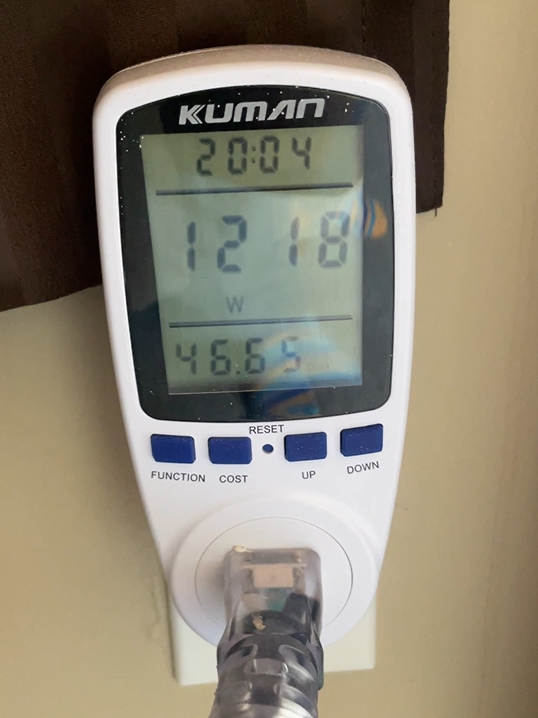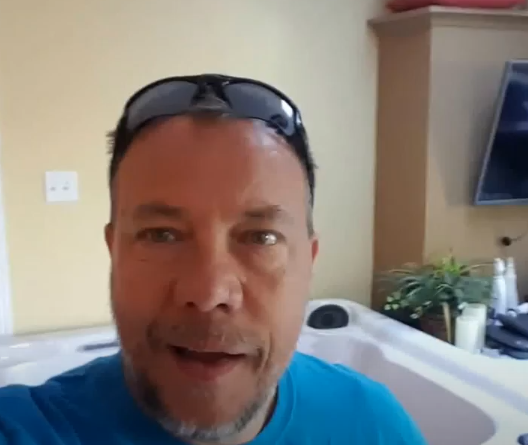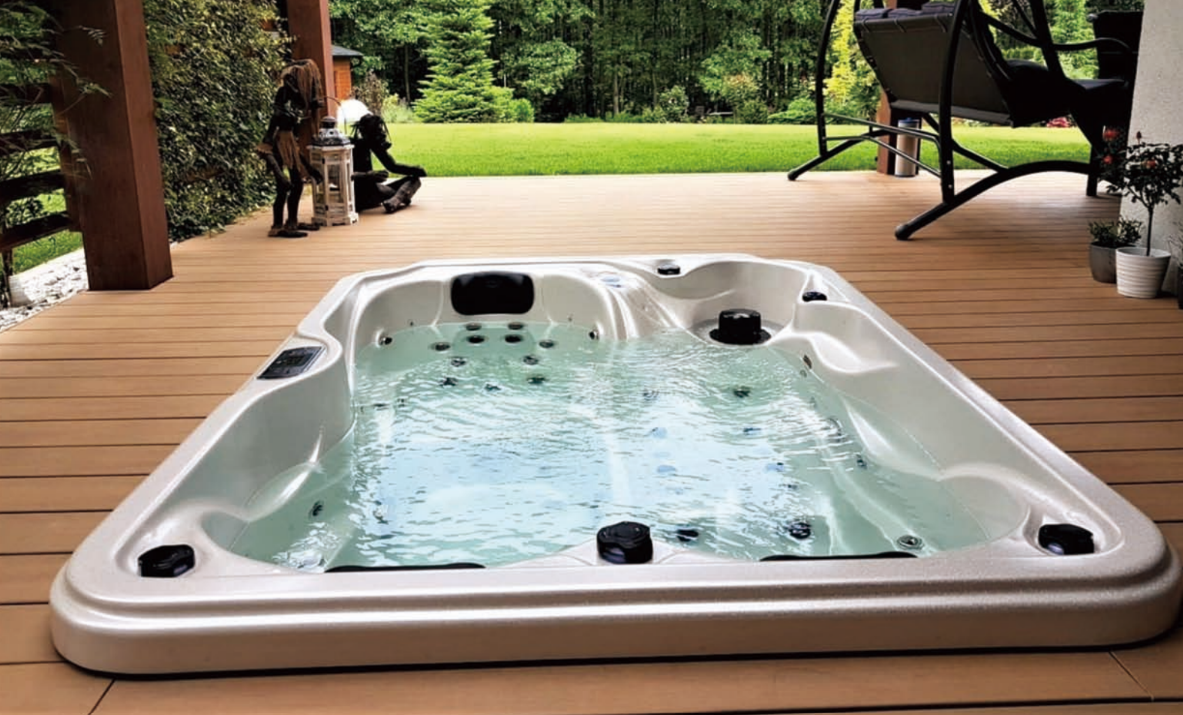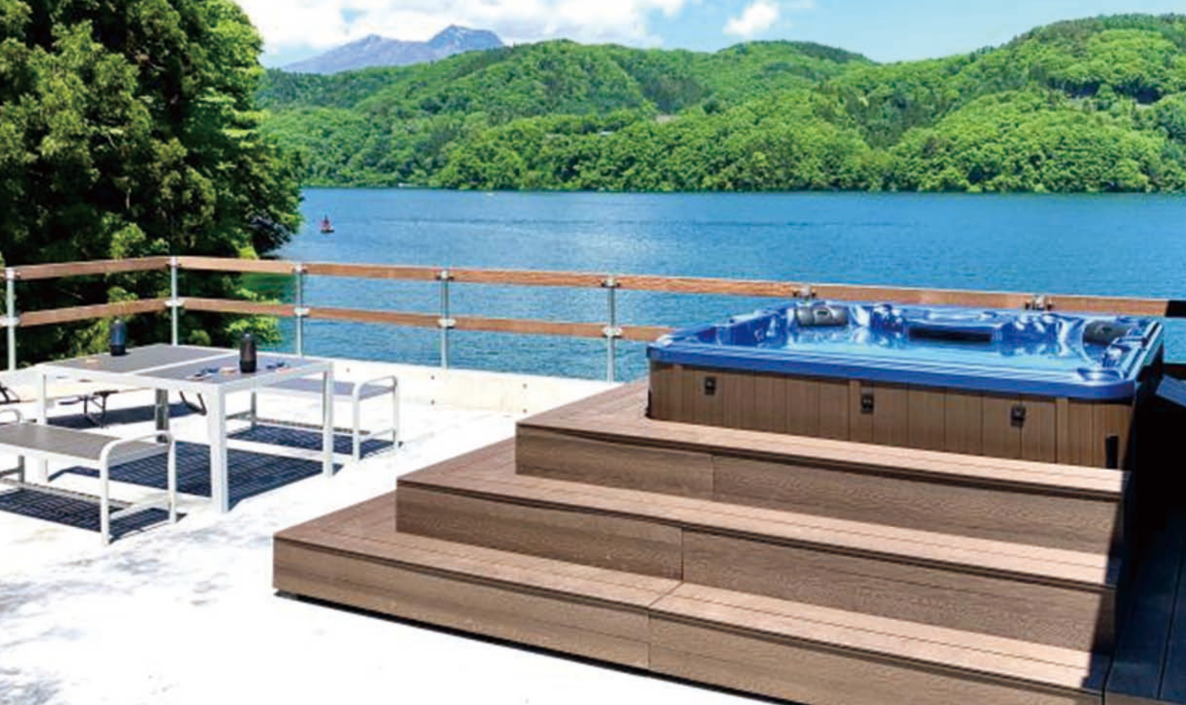Making Sense of the Dollars
How Much Will a Hot Tub Cost to Operate?

What will this add to my power bill?
It’s a fair question. And it’s usually brushed off.
You’ll hear that it depends on factors like usage and outside temperature—which is true, but doesn’t answer the question. Or you’ll get the often-cited "dollar a day." But what does that really mean?
Let’s cut through the noise. I’ll show you exactly how to calculate the operational costs of any hot tub.
Quick and Dirty Estimates for the Time-Conscious
If you want to skip the physics and get a fast tool to sort spas by efficiency, here you go:
- Take the numbers in front of all the equipment and add them up. Two 5hp pumps and a 4kW heater? 14. A single 2hp pump and a 1kW heater? That’s a 3. This isn’t a direct proportion, but a ranking system—higher numbers mean higher power draw over time.
- Since a spa isn’t always running at max power, this gives a general efficiency guide rather than an exact cost.
- Want to factor in insulation? Reduce the number by 25% for spas with exceptionally good insulation. But remember—insulation is about R-value, not marketing gimmicks.
- In a study of 12 popular spas, 8 out of 10 had nearly identical heater cycles, meaning insulation differences often don’t impact cost as much as you’d think.
In-Depth Estimates
For those who want precision down to the dollar, here’s how to break it down.
Your monthly cost is based on local power rates and kWh usage, which we’ll divide into three categories:
- Heating – The biggest factor
- Filtration – Keeping it clean
- Usage – Actually enjoying the thing
Heating: Putting the "Hot" in Hot Tub
Hot tubs use flow-through heaters. When the water drops by about a degree, the low-speed pump kicks on. How long it takes to heat up depends on the heat transfer formula.
For example, a 300-gallon spa with a 5.5kW heater operating at 90% efficiency takes about 20 minutes (0.33 hours) to increase by 1°C.
A 1hp pump draws 0.75kW, meaning each heating cycle uses:
(5.5kW heater + 0.75kW pump) x 0.33 hours = 2.06kWh per cycle.
How many cycles per day? That’s where outside temperature and insulation come into play. Since Newton's Law of Cooling requires an experimental value for k as a representation of insulation we will differ to experimental data on the number of heating cycles one can expect.
According to research by an Alberta based research group on 12 popular spas:
- Winter: Average = 6 cycles, Best case = 3, Worst = 12
- Summer: 1 to 2 cycles
Filtration: Keeping It Clean
A typical filtration cycle runs 4 to 6 hours per day. For our example spa, we’ll assume 4 hours.
A 0.75kW low-speed pump running for 4 hours uses 3kWh per day—sometimes as much as the heater.
Usage: Actually Enjoying the Thing
Now, the fun part. Let’s assume:
- You use the spa 3 times a week (or 0.14 hours per day on average)
- The first 5hp pump is on for half that time for primary jets
- The second 5hp pump is on for a quarter of that time for other jets like foot jets
- The rest of the time, you’re just soaking
Since 5hp = 3.73kW, the usage breakdown is:
- Pump 1: 3.73kW x 0.07 hours = 0.26kWh
- Pump 2: 3.73kW x 0.035 hours = 0.13kWh
- Total daily usage: 0.39kWh
Summing Up: What’s the Damage?
Let’s use a conservative 4 heating cycles per day:
- Heating: 4 cycles x 2.06kWh = 8.24kWh
- Filtration: 3kWh
- Usage: 0.39kWh
- Total daily cost: 11.63kWh
At $0.12 per kWh (Edmonton rates):
- Daily cost: $1.39
- Monthly cost: $42.48
Following this method, you can compare the costs of any spa in any conditions with real numbers.
For the Lazy Anoraks
Want the exact estimating tool shown in my video? Comment below, and I’ll send you the spreadsheet so you can plug in your spa’s specs.
No more guessing. Now you know exactly what your hot tub will cost you.




